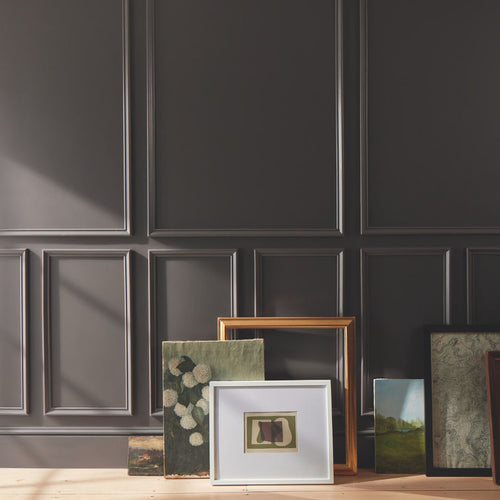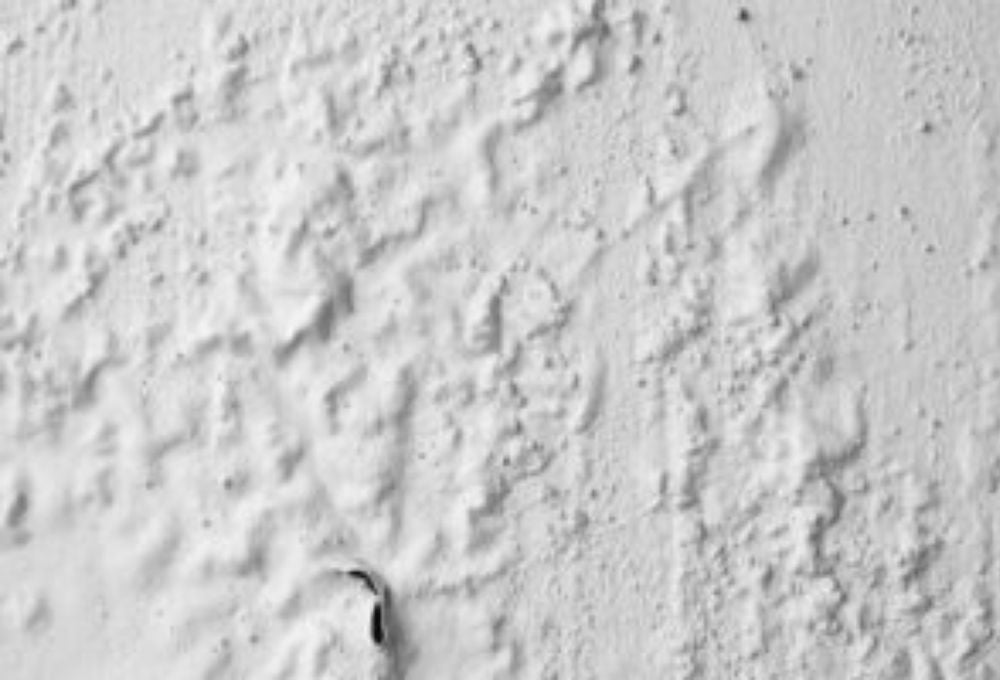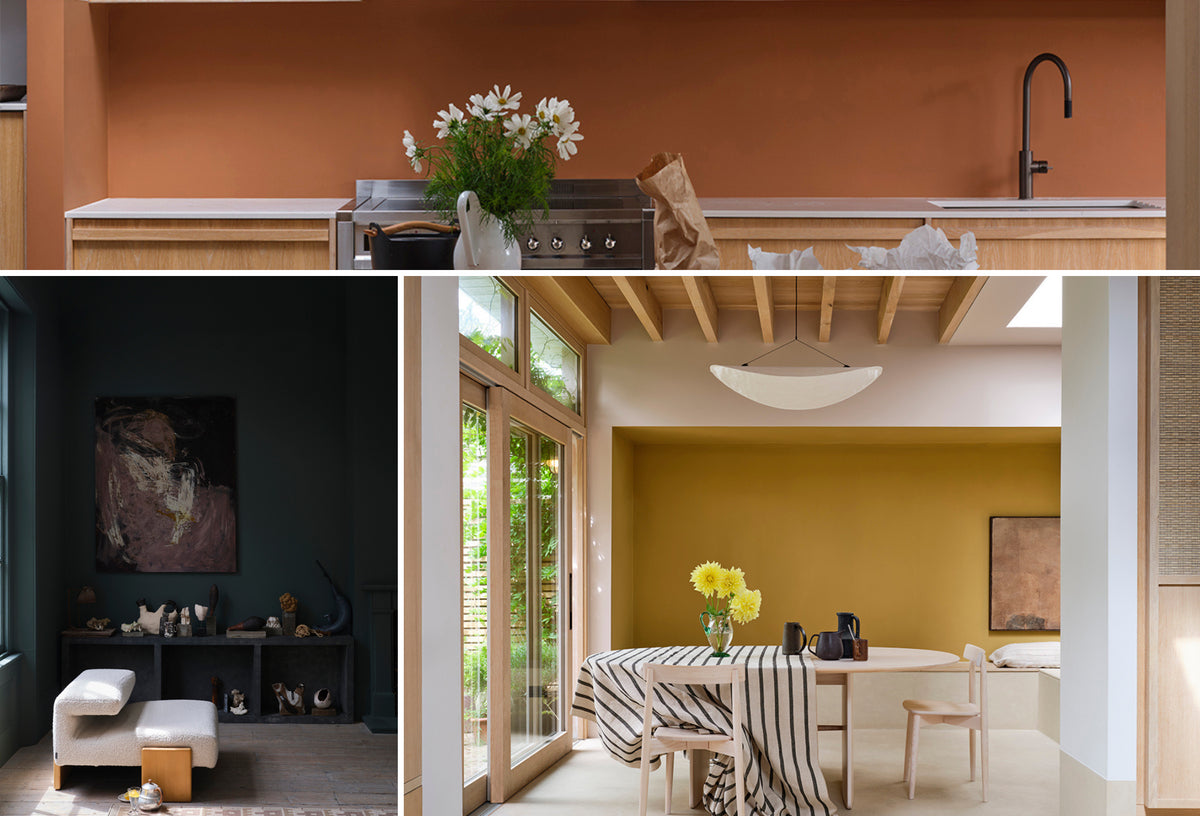
Whether you are a professional painter or a homeowner, there are several common problems that can arise during the paint process. Some painting imperfections can easily be overlooked, while others should be addressed sooner than later. Doing some investigating on the issue will help you to understand any underlying issues that may be causing the problem and prevent you from making the same mistake twice. Keep reading to learn about the different types of paint problems and how to solve them effectively.
1. Mildew
Before attempting to remove mildew from your painted surface, you should determine that what you’re seeing is actually mildew and not mold. Mildew is a type of fungus which is less harmful than the black growth we all know and refer to as mold. To check if mildew is present, apply a few drops of household bleach to the area. If the stain disappears within a few minutes, you have mildew.
In order to prevent mildew, you should consider the following tips:
-
Work with a quality, mildew-resistant paint such as Aura® Interior Paint
- Always thoroughly sanitize the surfaces you plan to paint prior to starting, whether mildew is visible or not
- Install ceiling fans, exhaust fans, or dehumidifiers for increased airflow and to reduce the chance of mildew growth – especially in more susceptible areas such as bathrooms and laundry rooms
2. Cracking and Flaking
When paint begins to crack, it can seem insignificant upon first glance. However, over time these hairline cracks can worsen, causing larger pieces of coating to flake off. The most common cause of paint cracking and flaking is poor preparation of the surface. You can prevent this mishap by:
- Only painting surfaces that have been properly cleaned, sanded, and primed
- Never painting over cracked surfaces
- Allowing paint to dry completely before applying a second coat
3. Lap Marks
Lap marks usually appear as a darker tone or an intensified gloss where the wet and dry layers of paint overlap during the application process. It’s important to move quickly enough so that the paint is applied evenly and seamlessly all over. Paint lap can occur by painting in direct sunlight or too much wind, as well as applying a different thickness than what is recommended. Use the following methods to prevent lap marks:
- Brush/roll from wet to dry for a smooth appearance
- Apply a primer or sealer to the surface when the substrate is very porous
- Use enough paint and the right pace to ensure a consistent, even application
- Paint in manageable areas for the best results

4. Blistering/Bubblings
Heat and moisture are the two biggest culprits of this painting problem. Blistering and bubbling happens when painting in the direct sunlight or on excessively hot surfaces. This issue can also arise when painting over a dirty surface, neglecting to use a primer, or using an improper technique. You can prevent blistering by:
- Addressing any underlying moisture or heat issues
- Stirring paint with a wooden stirrer or drill attachment
- Using slow, steady strokes to avoid bubbles
- Sticking to one formula: latex over latex, oil over oil

5. Surfactant Leaching
Latex paints contain necessary ingredients known as surfactants. These water-soluble components can rise to the surface of the paint over time when exposed to high moisture and humidity during the curing process. Paint drying in cool, humid temperatures, condensed moisture in bathrooms and on outdoor surfaces, and deeper tinted paints can all increase the chance of surfactant leaching. You can fix this aesthetic concern by doing the following:
- Don’t paint over stains
- Rinsing the surface with water as soon you notice the stain
- Allow natural weathering to correct the stains on exterior surfaces
Paint Your Home with Ricciardi Brothers
At Ricciardi Brothers, we look forward to being the one-stop shop for all your paint needs. As a family-owned and operated company, we pride ourselves on providing high quality products and customer service. We guarantee you’ll find exactly what you’re looking for with the help of our expert staff at one of our 43 convenient locations across NJ, PA, and DE. Contact us today with any product inquiries, to schedule a design consultation, or if you have any general questions.
Ricciardi Brothers
Ricciardi Brothers has helped creatively transform tens of thousands of homes and businesses for over 85 years. Our 40+ locations across New Jersey, Pennsylvania, and Delaware specialize in painting and expert
design services with first class customer care.
Contact us for inquiries on how we can fulfill your design needs!


























